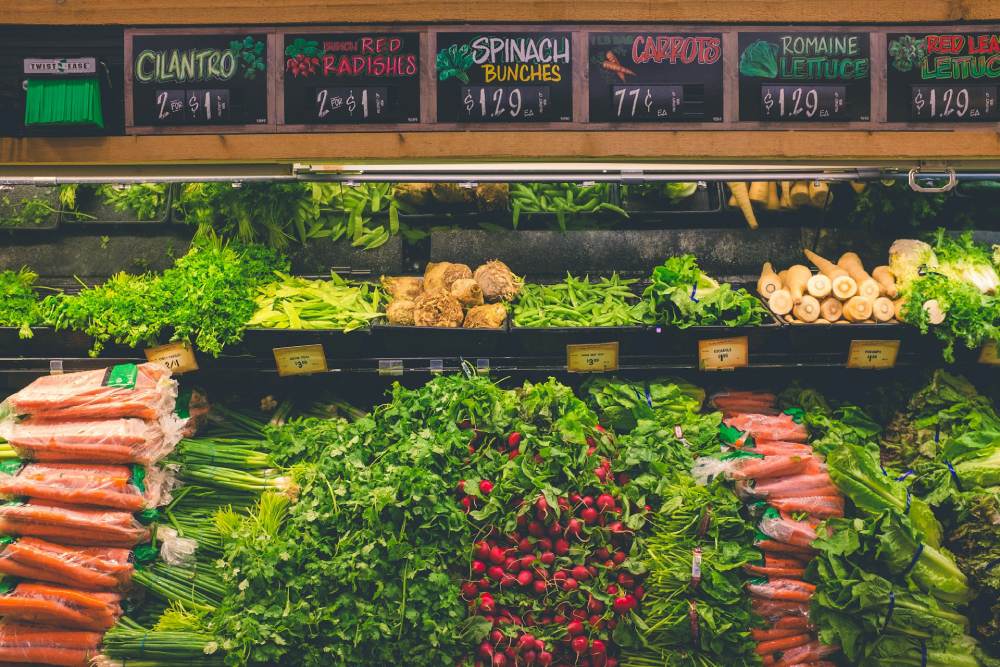Small grocers are constantly seeking to increase customer traffic in their stores. One way they do this is through loyalty programs.
Loyalty programs provide a wealth of data, including customers’ shopping habits and preferences. This allows grocers to offer personalized offers, which 91% of consumers want.
A unique loyalty program offers various rewards in exchange for points.
Increased Customer Retention Rates
Many grocery chains offer loyalty programs, but most have yet to generate much customer loyalty. Moreover, they have yet to be able to boost their sales and profits. Several factors have caused these issues, including the COVID-19 pandemic and customers shifting to online shopping. The key to attracting and retaining loyal customers is to make the experience of shopping at your store unique, rewarding, and convenient.
Personalized offers are a must for grocery stores today. A survey by experts found that 90% of consumers are much more likely to do business with brands that provide personalized experiences. Grocery store owners can automatically use their POS systems to collect and analyze customer data for targeted marketing campaigns. They can also reward loyal customers with exclusive products or services such as free delivery, stylish branded gift items, or store credit.
While direct cashback is the most desired type of loyalty incentive amongst grocery shoppers, there are more sustainable strategies for long-term profitability. Besides, it can be challenging to implement and track. Using other types of rewards that can be used to redeem products or services is a more effective and cost-effective strategy for grocers. Some examples include store credit, loyalty points, and coupon-like deals.
A significant challenge for grocers is generating the correct type of customer data. They need to get a complete picture of customer spending habits and their shopping patterns. They can collect this data by encouraging shoppers to scan their card or log in with their profile at the checkout or when placing an ecommerce order. They can also ask incentivized questions or send extra forms to fill out in their loyalty program profiles.
Personalized Offers
Attracting and retaining customers is essential for the success of any grocery store. Keeping up with the most recent product releases and urging customers to buy these items helps boost foot traffic in retail establishments. Additionally, consistently delivering fresh items can encourage repeat purchases and improve customer satisfaction.
Loyalty programs are essential for grocers but must be tailored to each customer’s needs and preferences. Implementing rewards programs for grocery store owners can incentivize customer loyalty, drive sales, and encourage repeat visits by offering discounts, special promotions, or points-based incentives.
Personalized offers can significantly boost loyalty and reduce overall marketing costs. This type of personalization can include leveraging search behavior to deliver more relevant product discovery recommendations or creating loyalty program tiers that offer different incentives and rewards to each group of loyal customers.
Personalization can also create data-driven personalized shopping lists and recommendations, which 91% of shoppers desire. These suggestions can introduce shoppers to new items that they may have yet to try or allow them to expand their current palates.
Using AI-powered chatbots and virtual assistants to provide real-time information on product availability, promotions, and sales can be another effective way to attract and retain customers. In addition, implementing a referral program and offering rewards for referring friends can be a powerful strategy to increase customer acquisition rates and loyalty.
Enhanced Customer Service
Personalized recommendations and offers are the number one thing that 91% of consumers say they want. By leveraging loyalty program data, grocery stores can provide their customers personalized experiences that improve satisfaction and increase sales.
In addition to offering customized product recommendations, grocery stores can also provide delivery options – an experience that is convenient for consumers while helping to boost grocery store sales. Moreover, grocers need to optimize their website and mobile app to be more easily navigated by shoppers.
Offering unique perks to loyalty members can set grocery stores apart from competitors and help them build customer trust. They can provide various benefits, from free deliveries to branded gift items like stylish coffee mugs.
Loyalty programs can also help grocery stores build customer advocacy and produce referrals. Studies show that referred customers spend 57 percent more than non-referred customers, making them a vital part of any customer acquisition strategy.
The high cost of new customer acquisition and the low average bill of groceries make retaining existing customers essential for boosting sales in the grocery industry. A loyal customer base helps a grocery business increase revenue and maximize profits without spending heavily on marketing and advertising. Investing in loyalty programs can increase a grocery business’s customer lifetime value (CLV) and reduce its overall acquisition costs.
Increased Customer Traffic
In grocery stores, foot traffic is a crucial metric. Because profit margins on most items are low, supermarket businesses must sell a large volume to make money. Increasing customer traffic is, therefore, essential for growth and success. To keep customers coming back, grocers should focus on understanding their needs and offering various products and services that appeal to them.
Creating loyalty programs is one way to increase customer retention rates. Loyalty programs can also give grocers valuable customer data, including purchase history and shopping habits. This information can be used to personalize the experience, which 91% of consumers want.
One of the best ways to promote a loyalty program is through referral marketing. According to a study, customers who friends refer spend 57% more than those who come in through a generic advertisement. Grocers should offer incentives such as free products or discounts on future purchases to encourage customers to refer their friends.
Another critical strategy for increasing customer retention is promoting a store’s brand image through digital channels and online promotions. Moreover, grocers should ensure their omnichannel experience is seamless across all touchpoints. For example, they should enable customers to shop online, track their loyalty points on a mobile app, and use POS systems to place home delivery orders.

